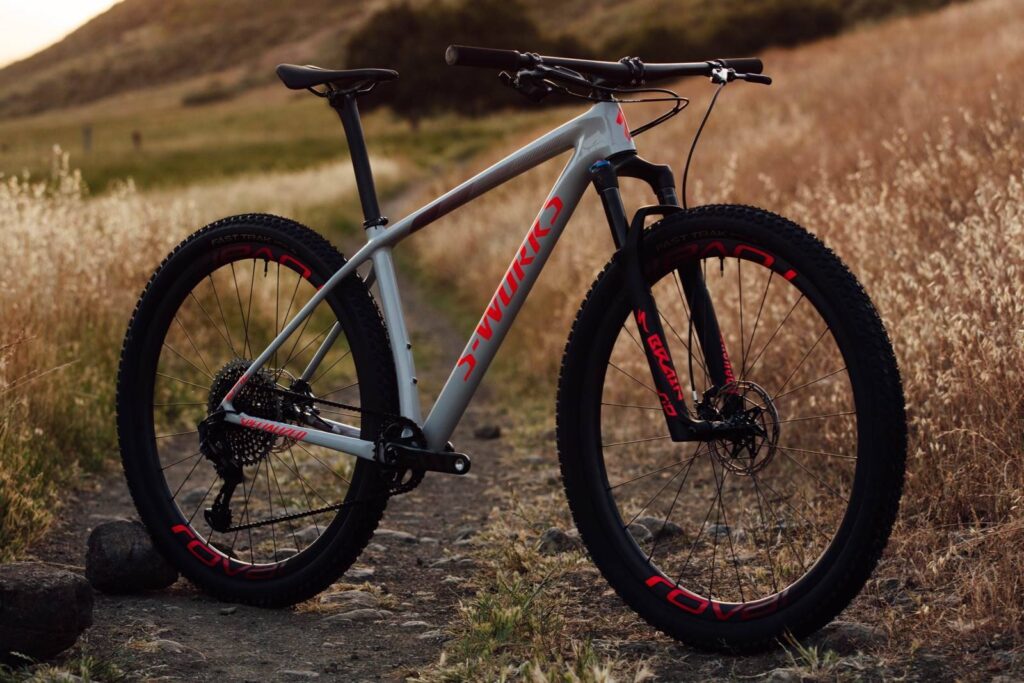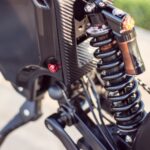Understanding the Basics of Mountain Bikes
Mountain biking can be one of the most thrilling outdoor activities, but building a budget-friendly bike may seem like a daunting task. Fear not! With a bit of knowledge and a little creativity, you can create an awesome ride without breaking the bank. Let’s kick things off by understanding the fundamentals of mountain bikes.
What Makes a Good Mountain Bike?
First things first, it’s essential to know what features are vital in a good mountain bike. Generally, mountain bikes are designed to handle rough terrain and have some specific components that help in this regard. Here are a few key elements to pay attention to:
- Frame Material: The frame can be made from aluminum, steel, or carbon. Aluminum frames are typically lightweight and affordable.
- Suspension: There are hardtail (front suspension only) and full-suspension models. Hardtails are usually cheaper and simpler to maintain.
- Wheels: Strong, wider wheels provide better traction and stability. Look for 26, 27.5, or 29-inch sizes, depending on your ride style.
- Brakes: Disc brakes, whether mechanical or hydraulic, tend to offer the best stopping power, especially on downhill trails.
- Drivetrain: A 1x system (one chainring in the front) simplifies gear shifting and reduces weight.
Setting a Realistic Budget
Now that you know what you’re looking for, let’s talk about money. Setting a realistic budget is crucial before diving into the components. Depending on your needs and preferences, mountain bikers can spend a few hundred to several thousand dollars. But don’t worry; there are plenty of ways to save without sacrificing quality.
Determining Your Budget
When deciding your budget, consider the following:
- What type of riding do you want to do? (casual, aggressive trails, etc.)
- How often do you plan to ride?
- Do you have specific brands in mind?
For a decent, budget-friendly build, aim for around $500 to $1,000. This range allows you to focus on essential components without the shiny bells and whistles.
Choosing Key Components
Let’s break this down into manageable pieces. Each component plays a significant role in how well your bike performs.
The Frame
Your frame is the heart of your mountain bike. A good entry-level frame is essential for stability and comfort. Aim for a lightweight aluminum frame which balances durability and cost. If you’re lucky, you might find a second-hand frame that’s in great condition.
Suspension Options
When it comes to suspension, as a budget-conscious builder, I often recommend a hardtail bike. It gives you a solid ride but is less expensive compared to a full-suspension bike. If you ever feel like upgrading later, you can always add an affordable front suspension fork.
Wheels and Tires
Strong wheels and beefy tires can make all the difference on rough trails. Invest in wheels that can handle some bumps. Generally, 27.5 or 29-inch tires offer great traction. Look for tires with good tread patterns designed for the terrain you’ll tackle.
Brakes
Brakes can be a game-changer, especially going downhill. While hydraulic disc brakes are typically more expensive, you can find reliable mechanical disc brakes that do the job at a lower price point. Again, second-hand options might pop up online, so keep your eyes peeled.
Drivetrain and Gearing
Selecting the right gears can help you tackle various terrains without going insane. A solid 1x drivetrain can be a budget saver as it has fewer components and is easier to maintain. Brands like SRAM and Shimano offer great price-to-performance ratios.
Tools You May Need
Before you rush off to purchase parts, gather the tools you may need. Here’s a quick list to get you started:
- A good set of screwdrivers
- Allen wrenches
- A torque wrench
- Pliers and cutters
- A bike stand (optional but very handy)
Where to Buy Parts
Finding the right components without blowing your budget can be easily done with a few key strategies.
Local Bike Shops
Support your local bike shops! They not only provide quality parts but can also offer expert advice. Plus, they may have deals on display bikes or previous year’s models.
Online Marketplaces
Websites like Amazon, eBay, and specialized biking forums often have used or discounted parts. Just make sure to read reviews and check product ratings before purchasing.
Second-Hand Options
Don’t shy away from checking out local classified ads. Often people sell their old bikes or parts at a fraction of the original price. Just be sure to inspect what you’re buying and ask plenty of questions.
Putting It All Together
Once you have gathered all your components, it’s time to assemble the bike. Take a look at each part’s manual if available, as they will provide guidance on installation.
Step-by-Step Assembly
- Start with the frame and attach the fork.
- Install the wheels.
- Attach the brakes and ensure they function correctly.
- Set up the drivetrain and make sure it shifts smoothly.
- Finish by checking for any loose bolts and ensuring everything is secured.
Don’t rush this process! Building a bike can sometimes be trial and error, especially if you’re a first-timer. If something doesn’t feel right, take a moment to troubleshoot before moving on.
Testing Your Bike
Once everything is put together, it’s time to hit the trails. Take it for a spin on some local paths and get a feel for how it rides. Pay attention to the brakes, gearing, and overall comfort. This is your chance to make small adjustments.
Fine-Tuning For Performance
Sometimes, the bike might need a little tweaking after its first ride. Don’t hesitate to adjust the seat height or handlebar position to fit your riding style. Everyone has their own preferences when it comes to comfort on a bike.
Enjoying Your Mountain Bike Experience
You’ve spent time and effort crafting your budget mountain bike. Now it is time to hit the trails and enjoy it! Remember, biking isn’t just about the destination; it’s about the journey. Embrace the bumps along the way, literally and figuratively.
Stay Safe
Always wear a helmet and gear up properly before heading out. Safety should be a priority whether you are cruising parks or tackling challenging trails. Plus, it gives you peace of mind, allowing you to enjoy the ride even more.
Final Thoughts
Building a budget-friendly mountain bike is not only achievable, but it can also be a rewarding experience. As someone who has built their share of bikes, I can confidently say that a little patience and creativity go a long way. Plus, nothing beats the satisfaction of riding a bike you put together yourself!
So, get started, keep this guide handy, and enjoy your new adventure on two wheels. Happy riding!






